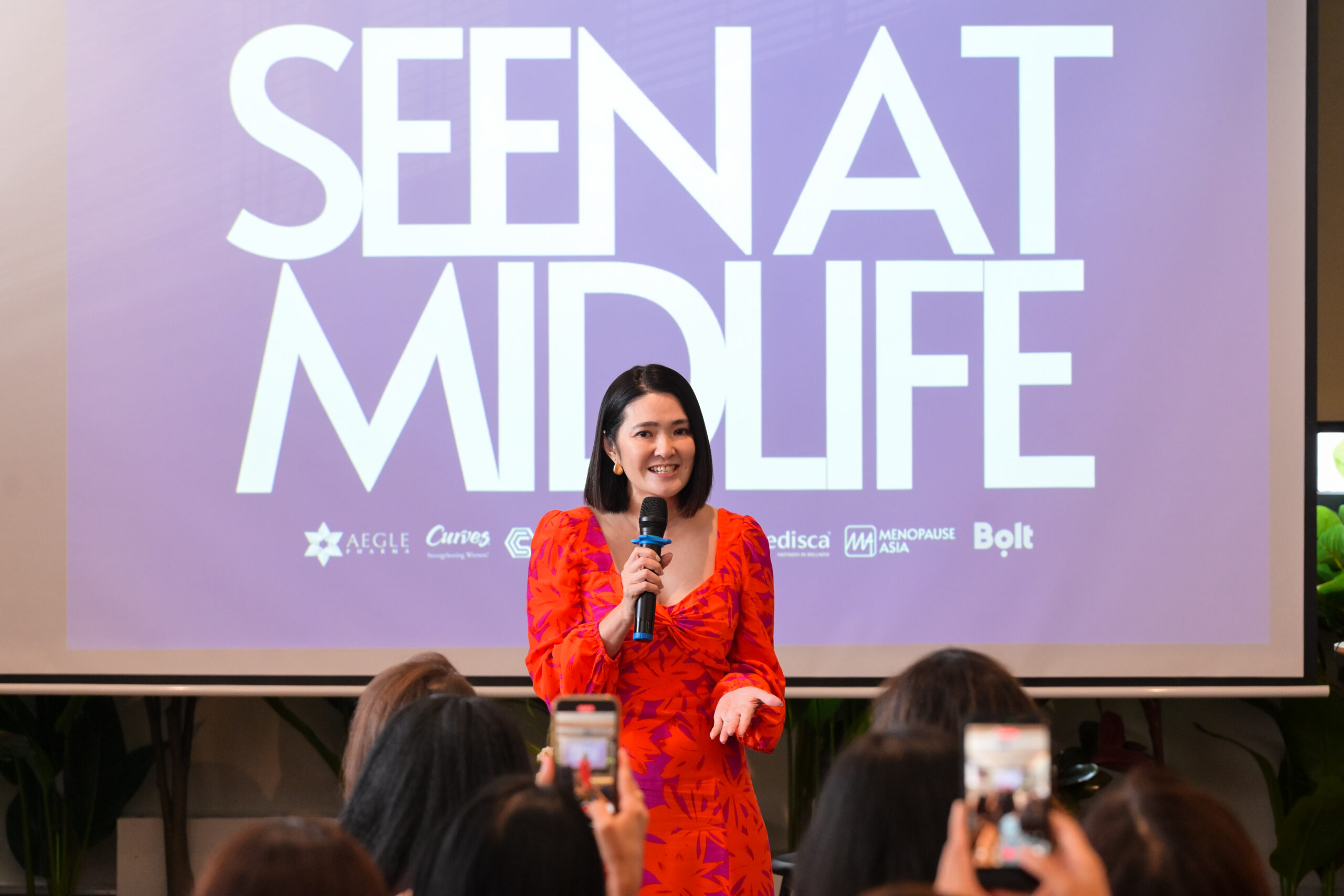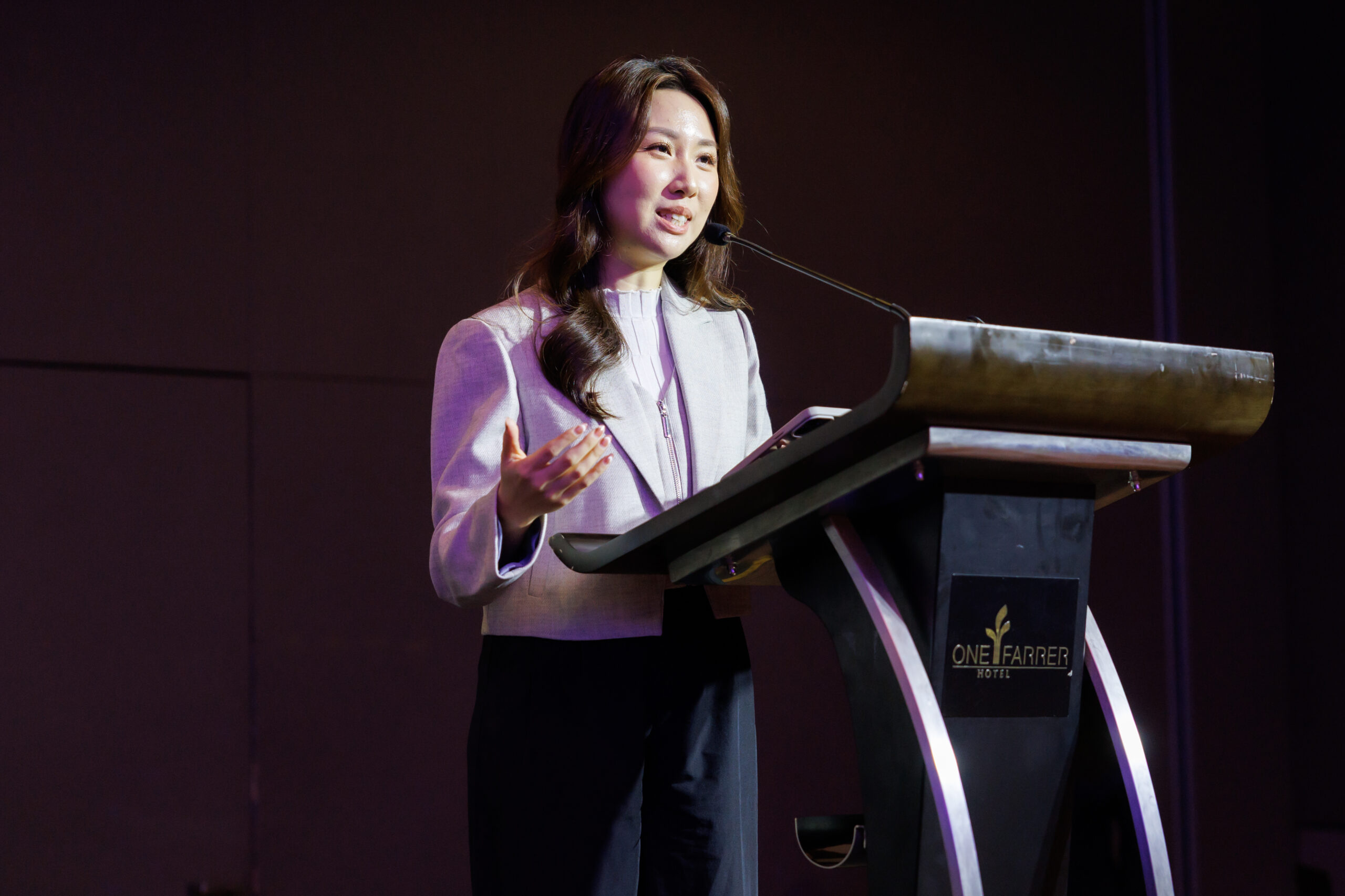Get back to growth: Bridging the skills gap
- HRM Asia Newsroom

Positive signs are on the rise that Singapore’s businesses are moving beyond pandemic survival towards recovery. By September, 80% of Singaporeans will be fully vaccinated –compared to 16 percent worldwide – and workplaces are opening again.
The government has invested heavily in new training programmes and more and more jobs are being advertised locally and throughout Southeast Asia – 6,500 fintech vacancies exist in Singapore alone.
We are all set for take-off, dreading more delays.
COVID-19 caused distress on a global scale, but it has given us a chance to step back and take a look at functions such as payroll and HR, face problems that have existed for some time, such as lack of automation and useable workforce data, and rethink what employers and employees really want from the workplace of the future.
Digital transformation is happening – but where are the workers?
HR and payroll are at the heart of digital transformation, as businesses seek greater efficiency, resilience and flexibility. But embracing the digital future has its own challenges. There just are not enough workers with the necessary digital skills.
Foreign workers have traditionally filled skills gaps – more than 40% of Singapore’s 5.69 million population are from abroad – but government restrictions are making it tougher for employers to secure visas for talent.
Rather than rushing to sign up for courses in cloud computing and other digital skills, many workers view life differently after COVID-19. Some are unsure about returning to their career at all, opting to care for their family or a different career path instead. Strikingly, Microsoft’s first annual Work Trend Index revealed almost half of Singapore’s workers are considering leaving their employer this year.
On the flipside, the skills gap is great news for those workers who already have the needed expertise. Wages are increasing and lucrative job offers are tempting. While larger organisations are better resourced to secure foreign talent to fill in the IT gap, smaller businesses may struggle.
READ: Beyond recovery: Pitfalls holding back APAC growth initiatives
Part of the answer lies in rethinking which workers we invest in. It is time to look to those less optimistic about finding new employment. Sadly, in Singapore, ageism is rife at both ends of the spectrum. Both older and younger candidates cite difficulties finding new jobs despite the advantages of a multigenerational workforce. Many older workers, while often valued for their experience, are not granted upskilling opportunities.
According to ADP Global Research Institute, while almost half of workers aged 25-34 reported a growth in opportunities to develop their skills, less than a third of those aged 45-54 saw similar opportunities. At the same time, HR cannot neglect those at the start of their careers. According to Microsoft, Generation Z is particularly at risk and need to be re-energised, with more than two-thirds (70 percent) in Singapore – between the ages of 18 and 25 — saying that they are merely surviving or flat-out struggling.
Who’s going back to the office?
Flexible working has been fully embraced, with almost three-quarters of workers expecting their work-life balance to improve as working from home flexibility becomes permanent.
This may not happen, however, as some employers have concerns about remote working and 50% expect to see workers back in offices all or most of the time. Employees do not necessarily want to work from home all the time, either, with more than 82 percent in Singapore wanting flexible remote work options to stay, while 66 percent wanting to meet with their teams.
HR needs to take the lead
From distributed working models to employee engagement, skills gaps to pay parity, talent shortages to brand new undefined skills yet to be scoped…HR has never been more important. It is some years now since HR began its move from the back office to a more strategic role, and it can now take the lead as we design a new world of work. It’ is up to HR to:
- Ensure that workers allowed to work remotely have the tools to do so.
- See that the right training and development programmes are in place for all ages, generations and life stages of career.
- Look after employees’ emotional wellbeing (Asia Pacific employees work nearly twice as many unpaid hours as other workers and 49 percent of Singapore’s workers feel exhausted).
- Find a future-proof way of working that suits employers and employees – hybrid working inevitably a part.
For guidance on weighing up all your options, looking for ways to fill skills gaps and practical exercises to help architect the new, flexible future of work, download the free workbook: Your Guide to HR Recovery (and Beyond).
Join Nela Richardson, Chief Economist, ADP, at HR Tech Festival Asia Online 2021, where her session, titled, Finding a New Normal: Navigating the Shift Back to On-Site Work, will be taking place on Wednesday, September 22 at 11am (SGT).






